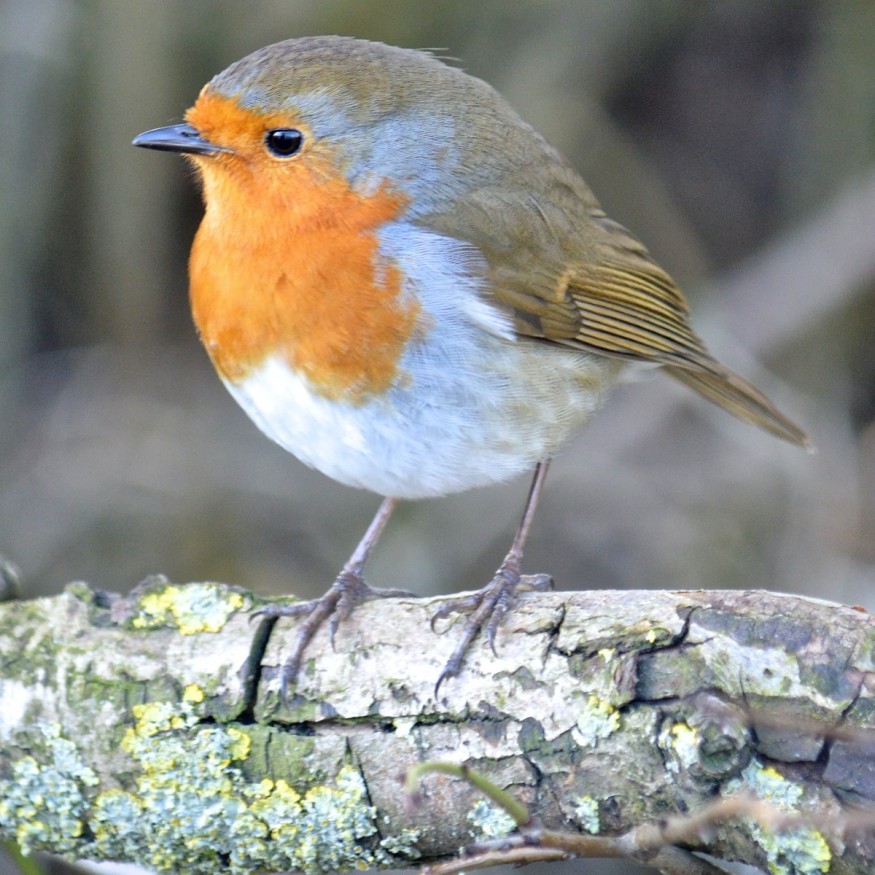Birds that we know today evolved from a carnivorous dinosaur group called theropods. Following the extinction of all non-avian dinosaurs during the Late Cretaceous period 66 million years ago, their winged counterparts survived the planet-killing asteroid.
Since then, descendants of avian dinosaurs, ancient birds thrived and became diverse into a variety of species until a new cause of bird extinctions arrive: humans.
According to a new study, humans could be responsible for 12% of bird species extinction in the past 126,000 years, discovering that many of these bird extinctions were never documented.
Bird Species Extinction

The study entitled "Undiscovered bird extinctions obscure the true magnitude of human-driven extinction waves" was published in the journal Nature Communications on Tuesday, December 19.
Researchers acknowledged that birds are among the best-studied animal groups, meaning the quality of in-depth knowledge and the high volume of studies towards the avians are rich.
However, the research paper's authors, consisting of an international team of scientists from Sweden, Germany, and the United Kingdom, said that the prehistoric diversity of birds is poorly known due to low fossilization potential.
Despite this knowledge gap, the research team found previously unknown bird species extinction over the past 126,000 years caused by human activities, including hunting, land use change, fire, and introduction of invasive species.
Scientists call this phenomenon as anthropogenic extinction, which pertains to the extinction of animals and plants caused by direct or indirect human activities.
In previous studies, experts link that humans are also responsible for the extinction of various animal species.
Still, flora and fauna can still be extinct due to natural factors like inter-species competition, natural disasters, disease outbreaks, climate change, and natural predation.
On the other hand, mass extinctions caused by asteroids, volcanic eruptions, and other natural causes from the past five mass extinction events on Earth millions of years ago can occur again in the future.
Also Read: Animal Extinction Rates Overestimated: Study
Pacific Birds
It was mentioned earlier that the December 2023 study found a total of 12% or at least 1,300 to 1,500 bird species extinctions in the past 126,000 years ago or the Late Pleistocene. The research coalition estimated that 55% of these extinctions are still undiscovered (not discovered yet or left no trace).
Moreover, the team found that 61% of the total bird extinctions involve Pacific birds, statistically linking anthropogenic extinctions to more than one in nine bird species. These findings were determined when the scientists combined recorded extinctions with model estimates in line with the completion of the fossil record.
According to a news release by Nature on Tuesday, the researchers built a model of bird extinctions by integrating documented extinctions, fossil records, and undiscovered extinctions across 1,488 islands, where the Pacific region is the "hardest hit."
This means that even ecosystems in the most remote of places in the world can still be subject to human influence, especially during the emergence of the more intelligent human species Homo sapiens between 200,000 and 300,000 years ago.
© 2025 NatureWorldNews.com All rights reserved. Do not reproduce without permission.





